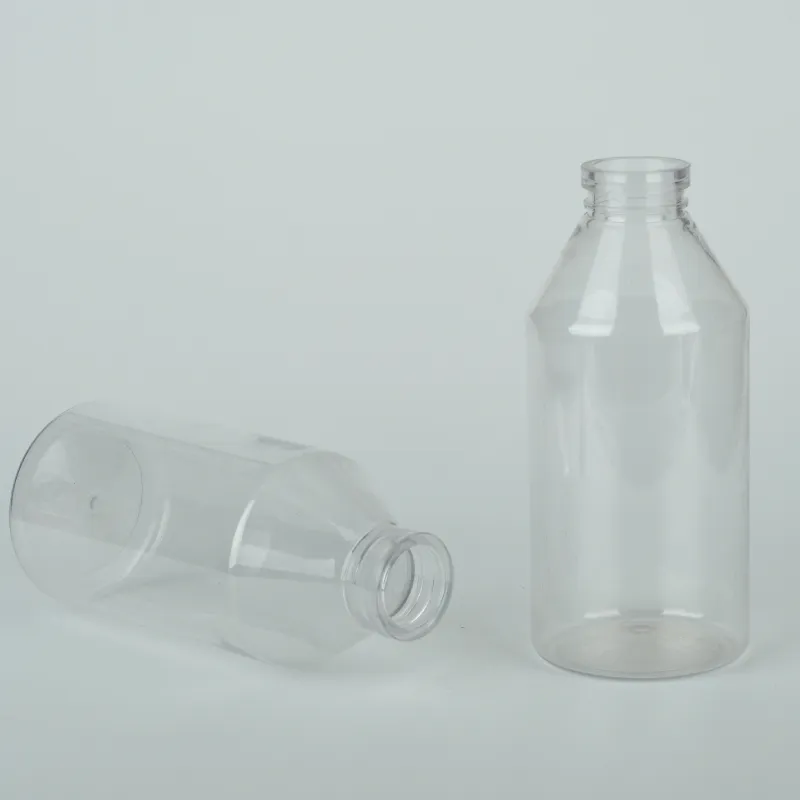petri dish vs plate
Petri Dish vs. Plate Understanding the Differences and Uses in Microbiology
In the realm of microbiology, the choice of cultivation tools is crucial for the successful growth and observation of microorganisms. Two common types of tools used in laboratories are the Petri dish and the plate, terms often used interchangeably. However, while they share some similarities, there are distinct differences and specific applications for each. This article explores these differences, their uses, and why these tools are essential in the study of microbes.
Definition and Structure
A Petri dish, also known as a Petri plate, is a shallow, cylindrical, flat dish made of glass or clear plastic. It typically has a lid that covers the dish, creating a sterile environment for microbiological cultures. The diameter of standard Petri dishes is usually about 90 to 100 millimeters.
On the other hand, the term plate can refer to various types of containers designed for the culturing of microorganisms. While it can include Petri dishes, it also encompasses different types of plates, such as agar plates, which may come in various shapes and sizes, and even solid media plates used in specific applications.
Materials and Usage
Petri dishes are predominantly made of glass or plastic materials suitable for sterile environments. The bottom of a Petri dish is often filled with a growth medium, such as agar, which provides the necessary nutrients for microbial growth. They are used mainly for isolating and culturing bacteria, fungi, and other microorganisms.
Plates, in a broader definition, may involve different types of growth media and can vary in materials. For instance, some are designed for selective culturing or specific laboratory applications, and may include plates that are treated with antibiotics or contain differential media to isolate certain types of bacteria.
petri dish vs plate

Sterility and Contamination
One of the key attributes of both Petri dishes and plates is the emphasis on maintaining sterility. Contamination can drastically alter experimental results in microbiology, so both Petri dishes and other plates must be sterilized before use, typically through autoclaving or using pre-sterilized commercial varieties.
Petri dishes, due to their design and the fact that they usually come with a lid, are particularly effective at minimizing contamination. Careful handling is required to ensure that the lid remains on the dish while working with cultures, thereby preventing airborne contaminants from entering.
Applications in Research and Diagnostics
In microbiology research, Petri dishes are indispensable tools for a variety of applications. They are widely utilized for the cultivation of microorganisms, including bacteria, fungi, and yeast. Techniques such as streak plating, spread plating, and pour plating are performed using Petri dishes to isolate single colonies for further analysis.
In clinical settings, Petri dishes play a vital role in diagnostics. Physicians can collect samples from patients suspected of infections and culture them on agar plates to identify pathogens effectively. The results can inform treatment options, proving essential in medical microbiology.
Conclusion
In summary, while Petri dishes and plates are terms that may seem interchangeable, they encompass different aspects of microbial culture techniques. Petri dishes are a specific type of shallow dish suited for microbiological use, mainly for isolating and culturing microorganisms. The broader category of plates includes various forms used in diverse applications within laboratories. Understanding the distinctions between these cultivation tools is essential for researchers and clinicians alike, as it influences experimental design, research outcomes, and diagnostic efficacy. As microbiological techniques continue to advance, the accurate selection and use of Petri dishes and plates will remain a fundamental element in the study and understanding of microbial life.
-
Aesthetic Makeup Spray Bottles | Fine Mist Empty RefillableNewsAug.19,2025
-
White Plastic Veterinary Vaccine Vials | Lab Liquid BottlesNewsAug.18,2025
-
Plastic Medicine Liquid Bottle: Secure Flip Top Drug VialsNewsAug.17,2025
-
Durable 250ml Blue Plastic Vaccine Vial for Lab & Vet UseNewsAug.16,2025
-
Sterile Virus Sample Tubes: Secure & Reliable Specimen CollectionNewsAug.15,2025
-
White 250ml Plastic Vaccine Vial for Lab & Vet MedicineNewsAug.14,2025
























